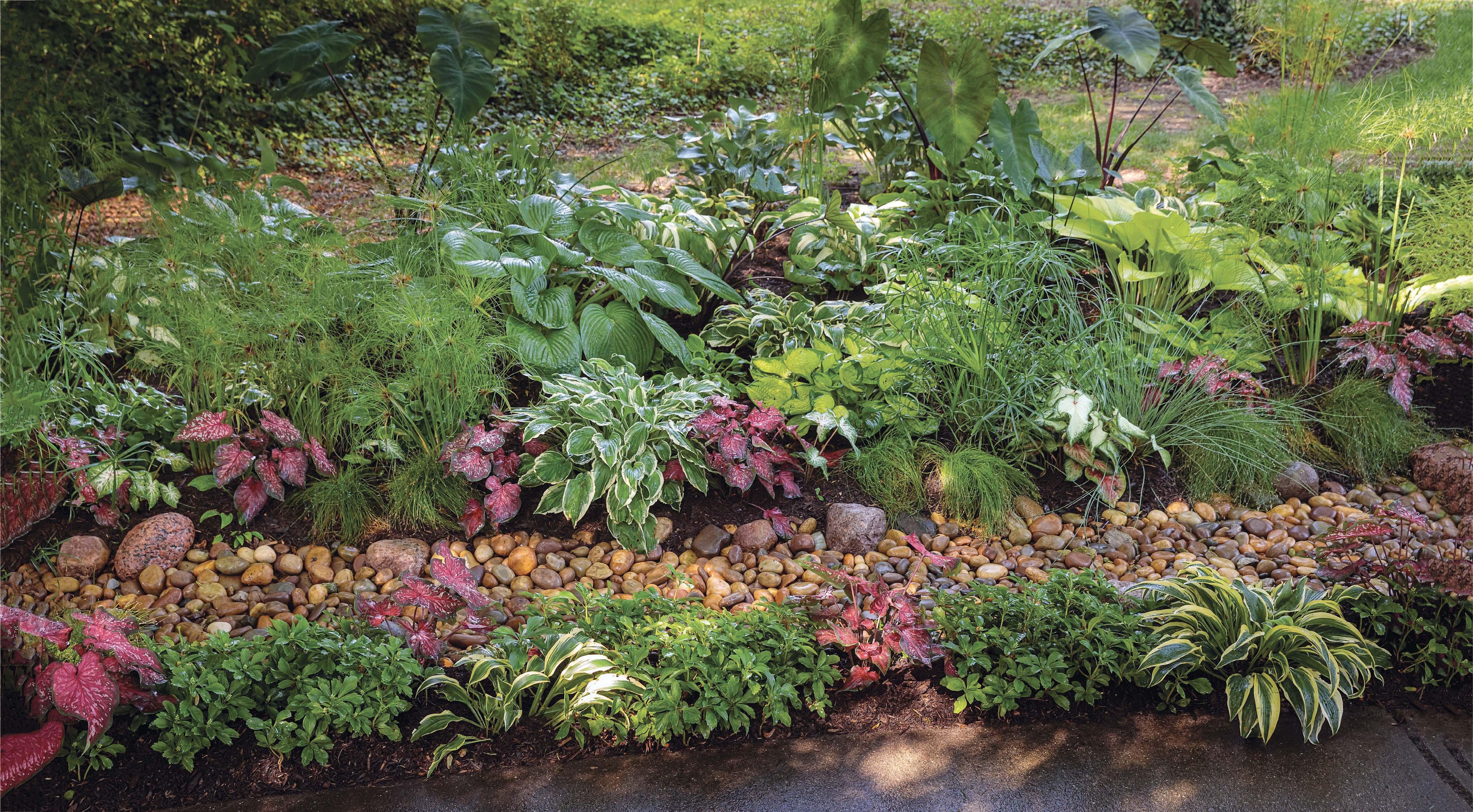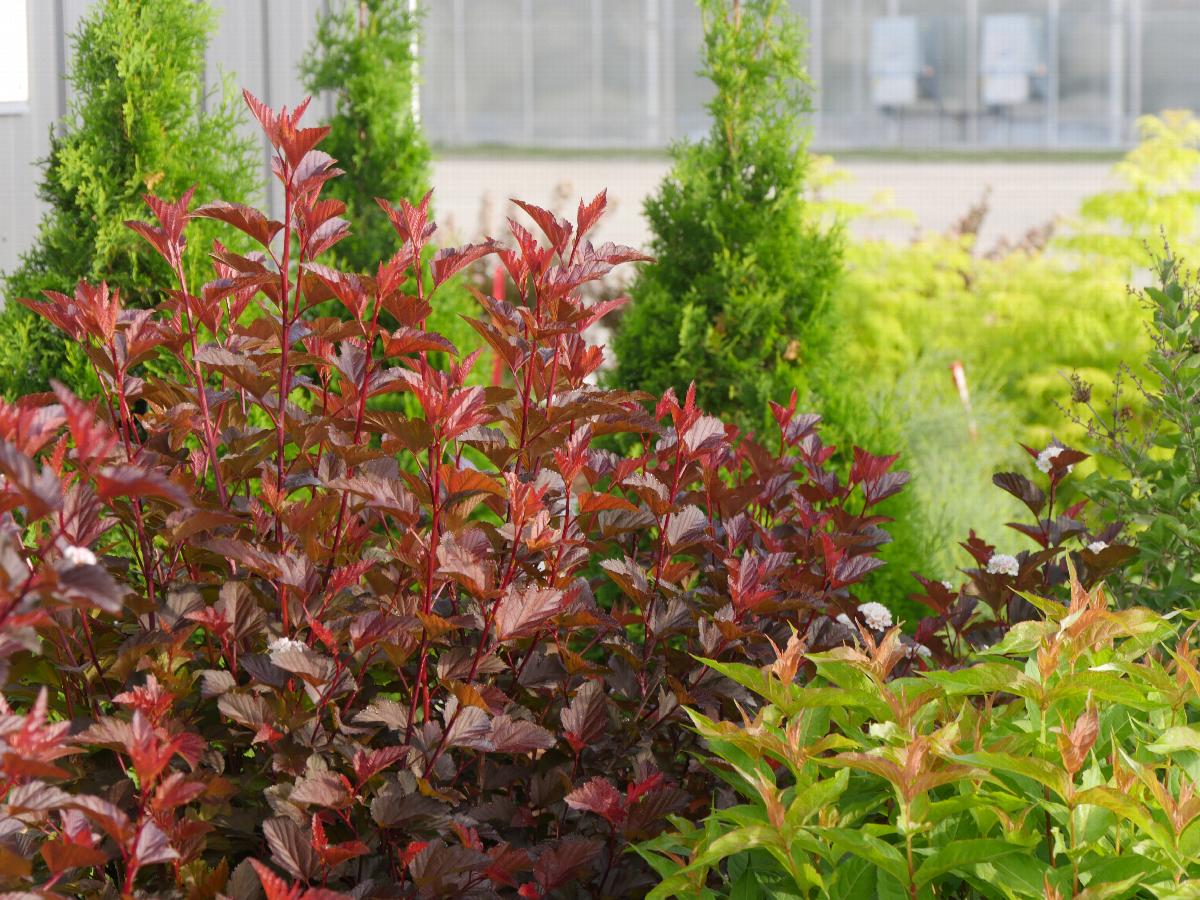Ginger Wine Ninebark Companion Plants: The Best Plants To Pair With This Beautiful Shrub
Title: Ginger Wine Ninebark Companion Plants: The Best Plants to Pair with This Beautiful Shrub
Introduction:
Ginger Wine Ninebark is a beautiful and versatile shrub that can add a touch of color and interest to any garden. It is known for its rich burgundy and coppery orange foliage, which turns a fiery red in the fall. Ginger Wine Ninebark also blooms in the spring with clusters of white flowers.
If you are thinking about adding Ginger Wine Ninebark to your garden, you may be wondering what companion plants would work well with it. In this blog post, we will discuss some of the best plants to pair with Ginger Wine Ninebark.
Main Content:
Plants with complementary colors:
One way to create a beautiful and eye-catching garden is to plant complementary colors together. For example, you could plant Ginger Wine Ninebark with blue or purple flowers, such as salvia, asters, or coneflowers. The contrast between the warm reds and oranges of the Ginger Wine Ninebark and the cool blues and purples of these flowers will create a stunning effect.
Plants with similar growth habits:
Another way to pair plants together is to consider their growth habits. Ginger Wine Ninebark is a medium-sized shrub that can grow up to 6 feet tall and wide. If you want to create a balanced garden, you will want to plant it with other shrubs that have a similar growth habit. Some good options include lilac, spirea, and dogwood.
Plants with similar water needs:
Ginger Wine Ninebark is a relatively drought-tolerant plant, but it does need regular watering during the first year after planting. Once it is established, it can tolerate some periods of dry weather. When choosing companion plants for Ginger Wine Ninebark, it is important to consider their water needs. You will want to plant it with other plants that have similar water requirements.
Plants that attract pollinators:
Ginger Wine Ninebark is a great plant for attracting pollinators, such as bees, butterflies, and hummingbirds. If you want to create a garden that is beneficial to wildlife, you will want to plant it with other plants that attract pollinators. Some good options include milkweed, coneflowers, and asters.
Conclusion:
Ginger Wine Ninebark is a beautiful and versatile shrub that can add a touch of color and interest to any garden. By considering the color, growth habit, water needs, and pollinator appeal of your companion plants, you can create a stunning and inviting garden.
Here are a few suggestions:
- Milkweed: The bright orange flowers of milkweed pair beautifully with the rich burgundy and coppery orange foliage of Ginger Wine ninebark. Milkweed is also a host plant for monarch butterflies, so planting it near your ninebark will attract these beautiful creatures to your garden.
- Spirea: Spirea is another shrub that goes well with ninebark. Spirea comes in a variety of colors, so you can choose one that will complement the color of your ninebark. Spirea also blooms in the spring, so it will add a splash of color to your garden when your ninebark is not in bloom.
- Heuchera: Heuchera is a perennial that comes in a variety of colors, including red, orange, pink, and yellow. Heuchera's foliage is also often brightly colored, so it can add a lot of visual interest to your garden.
For more information about Ginger Wine ninebark companion plants, please visit Home Gardening.
FAQ of ginger wine ninebark companion plants
- What are good companion plants for ginger wine ninebark?
Some good companion plants for ginger wine ninebark include:
Butterfly bushes: These attract butterflies and other pollinators, which can help to improve the health of your ninebark plant.
Daylilies: These add color and interest to your garden, and they can also help to suppress weeds.
Hostas: These provide shade for your ninebark plant, which can help to prevent it from getting too hot in the summer.
Lavender: This herb has a calming scent that can help to deter pests.
Yarrow: This plant is drought-tolerant and can help to improve the drainage around your ninebark plant.
How far apart should ginger wine ninebark companion plants be planted?
The spacing requirements for ginger wine ninebark companion plants will vary depending on the specific plants you are choosing. However, as a general rule of thumb, you should space your plants at least 2-3 feet apart. This will give them enough room to grow and thrive.
- What are some of the benefits of planting ginger wine ninebark with companion plants?
There are many benefits to planting ginger wine ninebark with companion plants. Some of these benefits include:
Improved plant health: Companion plants can help to improve the health of your ninebark plant by attracting beneficial insects, suppressing weeds, and providing shade.
Increased pollination: Companion plants can attract pollinators, such as butterflies and bees, which can help to increase pollination and fruit production.
Enhanced beauty: Companion plants can add color, interest, and texture to your garden, which can make it more beautiful.
What are some of the challenges of planting ginger wine ninebark with companion plants?
There are a few challenges that you may encounter when planting ginger wine ninebark with companion plants. These challenges include:
- Compatibility: Not all plants are compatible with each other. It is important to do your research before planting companion plants to ensure that they will get along.
- Competition: Some plants can compete for water, nutrients, and sunlight. It is important to plant companion plants that have similar needs so that they do not compete with each other.
- Pests and diseases: Companion plants can attract pests and diseases. It is important to monitor your plants closely and take steps to control pests and diseases if they do occur.
Image of ginger wine ninebark companion plants
- Coralbells (Heuchera): Coralbells are a great companion plant for ginger wine ninebark because they have similar growing conditions and flower at the same time. They also add a splash of color to the garden, with their bright pink, red, or orange flowers.

- Black-eyed Susans (Rudbeckia): Black-eyed Susans are another great companion plant for ginger wine ninebark because they attract butterflies and other pollinators. They also have a long bloom period, so they will provide color in the garden for months.
- Daylilies (Hemerocallis): Daylilies are a classic companion plant for ginger wine ninebark. They come in a wide variety of colors, so you can find one that will complement the color of your ninebark. Daylilies are also relatively easy to care for, making them a good choice for even novice gardeners.
- Hostas (Hosta): Hostas are a great choice for shady areas, and they make a good companion plant for ginger wine ninebark because they have similar water and soil requirements. Hostas also come in a wide variety of colors and leaf shapes, so you can find one that will add interest to your garden.
- Lungwort (Pulmonaria): Lungwort is a beautiful spring-blooming plant that is a good companion for ginger wine ninebark. It has blue or purple flowers that contrast nicely with the green leaves of the ninebark. Lungwort is also relatively easy to care for, making it a good choice for beginner gardeners.

- Nepeta (Catmint): Catmint is a low-maintenance plant that is a good choice for companion planting with ginger wine ninebark. It has fragrant blue flowers that attract bees and butterflies. Catmint is also deer-resistant, making it a good choice for gardens where deer are a problem.

- Salvia (Salvia): Salvia is a genus of plants that includes many popular garden varieties. Some good salvias to plant with ginger wine ninebark include Salvia nemorosa, Salvia officinalis, and Salvia splendens. Salvias come in a variety of colors, so you can find one that will complement the color of your ninebark.

- Yarrow (Achillea): Yarrow is a hardy perennial that is a good choice for companion planting with ginger wine ninebark. It has white, yellow, or pink flowers that bloom in the summer. Yarrow is also deer-resistant and drought-tolerant, making it a good choice for gardens in hot, dry climates.

- Zinnia (Zinnia): Zinnias are a popular summer-blooming flower that is a good choice for companion planting with ginger wine ninebark. They come in a variety of colors, so you can find one that will complement the color of your ninebark. Zinnias are also relatively easy to care for, making them a good choice for beginner gardeners.


Post a Comment for "Ginger Wine Ninebark Companion Plants: The Best Plants To Pair With This Beautiful Shrub"